I have to build an MCU system that has to measure a dual voltage, V+ and V-. The problem is that my system needs to be powered with a single power supply.
To measure the V+ input, no problem, I simply make a resistive divider and an op amp as a buffer before the ADC:

The problem arises when I have to measure the negative V-, looking on the internet I found this image:

which I tried to apply to my situation like this:

But the problem is that the measuring range of the negative voltage V- depends on the positive voltage V+.
Then I came up with another idea, since the op amp can also be powered in dual supply. I could take the circuit I use to measure the positive input V+, reverse the power supply to the opamp (the positive power pin to ground and the negative power pin to +VDD); so I would get an output between 0 and -VDD, which I could then bring back positive with the same circuit I found on the internet (an output divider):

Can this be done? Could that be a better solution?
Last question: before the op amp I used a second TVS diode for overvoltage protection, but I doubt whether it is better to use a 3.3V zener, what do you think?
